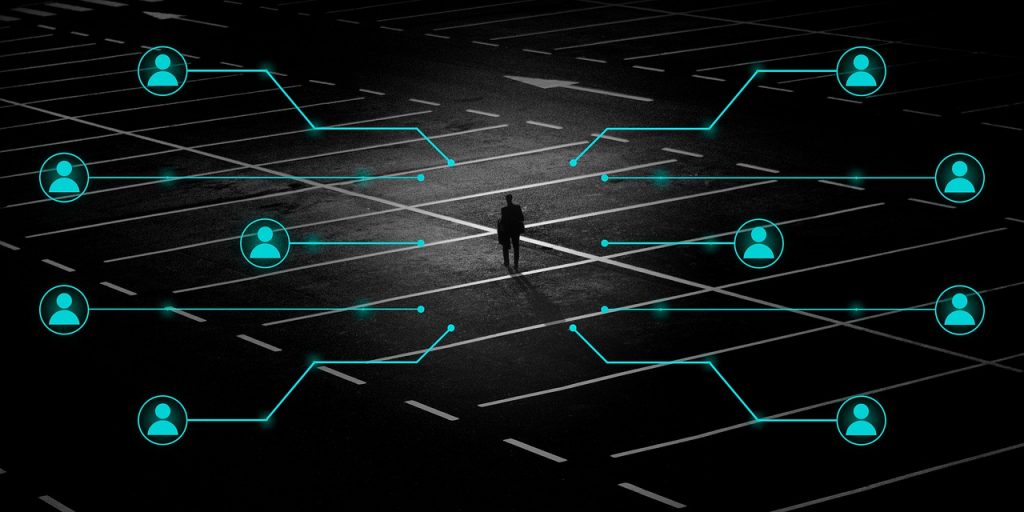At the beginning of the 70s and in parallel with the academic, business and state institutions in charge of training professionals and operating computer networks, an underground movement of self-taught people looked for a way to build their own teams and connect them. The first groups of users were limited by the geographical factor, with the mail and the telephone being the only ways to contact others further afield.
History would change in 1975 when Ward Christensen wrote and shared the first program that allowed a non-professional computer to use a home modem to communicate with another using a telephone line a year later, along with a friend named Randy Suess. created the first Computer Bulletin Board System
Using hardware built from common parts, upon receiving a phone call, he loaded up software that allowed a user to interact remotely and create his own bulletin board and read and comment on others. In addition, it was possible to share files.
Bulletin boards became popular and in 1984, Thanks to a tool called FidoNet, they interconnected. One of the features of FidoNet was EchoMail which allowed any user from anywhere on FidoNet to comment on common discussion groups.
Networks meet. The birth of Usenet
Usenet appeared in 1979 (which still exists) It is a distributed bulletin board service, that is, each node accessing the system has an exact copy of the content that all the others. Usenet provides a discussion system based on threads, that is, all responses to a message are connected to it, which allows their sequential reading and responses as a whole and individually.
The software that manages the service It also organizes threads by topics and subtopics.
At first it was a discussion forum for computer-related topics, but since users who shared other interests also wanted to talk about it, eight other groups were created. These are:
comp: Discussions on computer science and computer-related topics
humanities: Literature, philosophy, fine arts and the like.
misc: Various Themes
News: Usenet discussions
rec: Recreation and entertainment
sci: Science related discussions
partner: Sociology and other social sciences.
talk: Discussion on controversial issues
alt: (for substitute): Everything that had no place anywhere else
Usenet was the gateway that merged the academic and hobbyist networkss. It was born to unite the nearby universities of Duke and Carolina, it reached common users through FidoNet and other academic institutions through DARPANET
However, for us, the importance of Usenet is that it fIt was the place chosen by Linus Torvalds to send a message that would change history.
Hello everyone who uses minix:
I'm making a (free) operating system (just a hobby, it won't be big or professional like GNU) for AT386 / 486 clones. I've been brewing this since April, and I'm ready to go. I'd like to get feedback on things people like or don't like in Minix, as my operating system looks similar (same physical file system layout (for practical reasons) ) among other things).
I have currently ported bash (1.08) and gcc (1.40), and things seem to work.This implies that I will get something practical in a few months
I'd like to know what features most people would like. The suggestion
they are welcome, but I do not promise to add them.P.S. Yes, it is free of any minix code and has a multi-threaded fs.
It is NOT portable (uses 386 task switching, etc.), and will probably never support anything other than AT hard drives, since that's all I have
Minix is a Unix clone operating system used for educational purposes. Bash is a shell and gcc is a compiler created by the GNU project
In the last article of this series, I am going to tell about the birth of the GNU project, which is the only loose end that remains for us to tie on the path that made Linux possible.

underground movement "the automated translation is not noticeable ...
I tell you that there are many countries where Spanish is spoken and each one has its own idioms and expressions.